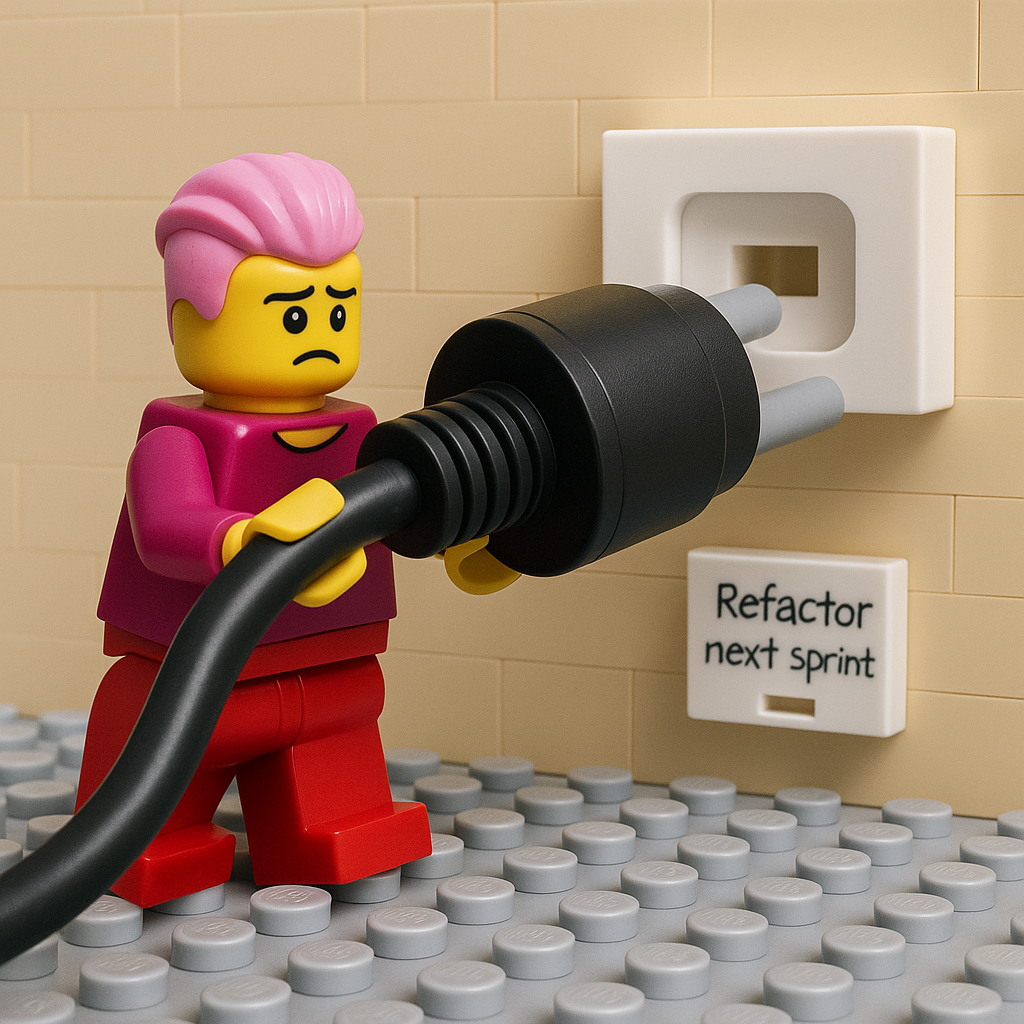Copilot Studio: Part 4 - Agents that outlive their creators – governance, risk, and the long tail of AI
Agents that outlive their creators – governance, risk, and the long tail of AI
In most organizations, apps get decommissioned. Workflows get retired. People move on, and someone eventually archives the mess they left behind. But agents? Agents keep acting, even when their creator is gone. That’s not a hypothetical risk. It’s already happening. Because most Copilot Studio deployments are building agents with no plan for ownership, no lifecycle guardrails, and no way to know who’s responsible once the project changes hands.
Automation doesn’t age well
A flow that fails? It throws an error. Someone notices. An agent that fails? “It might just hallucinate” a plausible answer. Or skip a trigger. Or quietly misclassify a request. And no one notices, until the wrong thing gets approved. Or never does. Now imagine that agent was built by someone who left six months ago. No documentation. No ownership transfer. No audit trail. No one even knows it still exists.
And yet, it’s still acting.
Orphaned logic is the new shadow IT
Orphaned agents don’t break all at once. They decay. The SharePoint source changes. The connector credentials expire. The business rule is revised, but not in the agent. And because it doesn’t crash, no one flags it. It just keeps delivering wrong-ish results. Enough to pass casual use. Enough to lose trust over time. When agents are treated like temporary hacks, they never get the lifecycle discipline of “real” apps. But they still live in your production environment, attached to your brand, acting in your systems. Shadow IT used to be spreadsheets and rogue access databases. Now it’s retired employees’ bots still issuing approvals.
Intent isn’t portable
Agents don’t just contain instructions. They contain assumptions. What should be escalated?
What counts as “sensitive”? What tone should be used in a customer response? These aren’t just prompts, but judgment calls: made once, encoded, and never reviewed. Until someone disagrees with the outcome and the fallout begins. You can’t inherit an agent without inheriting its design logic. And most of that logic is undocumented.
Code you can read. Flows you can inspect.
But an agent’s behavior? That often lives in prompts, embedded logic, and fuzzy mental models. Good luck reverse-engineering intent.
Governance isn’t cleanup. It’s foresight.
Most AI governance today is reactive. There’s an incident. Or a compliance audit. Or a spike in weird behavior. Then everyone scrambles to retro-document the agent, wrap it in monitoring, and assign an owner. It’s backward.
Governance should begin at the moment of creation:
- Who owns this agent?
- What is its purpose?
- How long should it run?
- What should happen when it fails?
- How is success measured
- And who reviews that?
If you can’t answer those questions, you’re not building an agent. You’re publishing a biiig liability.
The long tail of ownership
Every agent you deploy creates ongoing obligation. It needs:
- Knowledge base updates
- Prompt maintenance
- Access review
- Escalation logic refresh
- Retirement planning
And yet most agents go live with none of that defined. Because the maker is “just experimenting” or the team is “moving fast”. Then the person leaves. Or the project pivots. Or the department gets restructured. And suddenly you’re running production logic that no one can explain. AI doesn’t stop working just because you stopped watching it. That’s what makes it dangerous.
Future-proofing the invisible workforce
If your organization has a bot running in Teams, that bot is now part of your workforce. It performs tasks. Interfaces with customers. Retrieves and summarizes knowledge. Makes decisions. So treat it like a team member:
- Give it a clear role
- Document its function
- Assign an owner
- Review its performance
- Offboard it when it’s done
Because whether you track them or not, your agents are working. And if no one’s in charge, they’re still making decisions, with your name on them.
Coming up next
- Part 0: Everything is an agent, until it isn’t
- Part 1: When automation bites back – autonomy ≠ chaos
- Part 2: Copilot Studio: Part 2 – Copilot Studio agents: the ALM reality check
- Part 3: The cost of (in)action – what you’re really paying for with Copilot Studio
- Part 4: Agents that outlive their creators – governance, risk, and the long tail of AI [📍 You are here]
- Part 5: From tool to capability – making Copilot Studio strategic
You May Also Like
Org chart is cheap, show me the relationships
AI can read your policies, your wiki, even your org chart. But it doesn’t understand trust, context, or how decisions actually get made. In knowledge work, the invisible relationships matter most, and …
Copilot Studio: Part 3 - The cost of (in)action – what you’re really paying for with Copilot Studio
The real cost of Copilot Studio isn’t in licenses—it’s in what happens when organizations delay, overthink, or quietly underinvest. This post explores the operational drag of bad agent design, brittle …
Assumption is the mother of all fuck-ups
This post is a look inside the workshops I run with clients; where we surface the assumptions quietly shaping our software and challenge them before they blow up in production. From …





